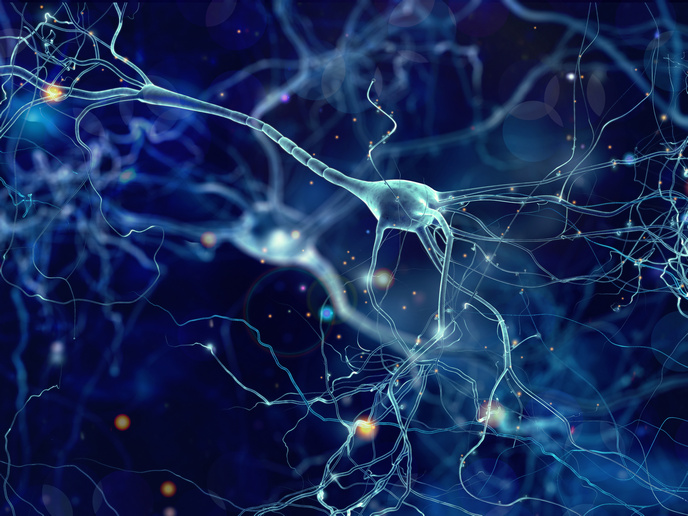New treatment avenues for absence epilepsy and chronic pain
The brain is very similar to a computer consisting of a large network of nerve cells between which billions of electrical messages are fired to control every human function. There are many inherent balancing mechanisms to ensure an orderly way in which messages usually travel between nerve cells. Nevertheless, sometimes an upset in the brain chemistry causes the scrambling of the messages with nerve cells firing off faster than usual and in bursts. The outward sign of this upset is a seizure and seizures that occur more than once and without any special cause are called epilepsy. An important aspect of managing epilepsy is the careful planned use of drugs designed to control seizures. However, there are many different kinds of epilepsy and seizures, and each epilepsy sufferer experiences this disorder in a unique way, depending on the location that the change of the brain activity takes place and on the extent and speed it spreads out. In addition, the physician needs to consider the effectiveness of the medications prescribed along with its side effects on each specific case. Within the context of this project there was an extensive study of the specific receptors, namely the GABAB receptors, involved in the transfer of the electrical signals between nerve cells to output a variety of physiological effects. More specifically, the project initially resulted in the cellular and sub-cellular localisation of GABAB receptor subtypes in the cortex, thalamus and spinal cord. With the aid of highly specialised techniques, the physiological functioning of these receptors was completely investigated. The project also succeeded in genetically, morphologically, biochemically and electrophysiologically analysing these receptors in experimental models of absence epilepsy and chronic pain. The study revealed many unknown aspects of the physiological functions of GABAB receptor subtype(s) and their role in epilepsy and chronic pain. The work was the first to show the completed distribution of the receptors subtypes in the brain, the description of their intercellular activity and the capability of specific subtypes to modulate electrophysiological activity in the brain and in the spinal cord. For the purposes of investigating the mechanisms for blocking of absence seizure the study also included the ways that specific analgesic or anti-absence medications act. In addition for the treatment of chronic pain, the inhibitory mechanisms seem to adaptively increase with the involvement of a large number of complex facilitators and inhibitor transmitter systems. With these new discoveries, significant progress has been made in the neuroscience research domain. Furthermore, they can be used as guidance for the development of new more effective medications for neurodegenerative diseases such as epilepsy and chronic pain disorders. The new drugs will prevent, control and hopefully cure such disorders ensuring that sufferers are able to participate in all life experiences.







